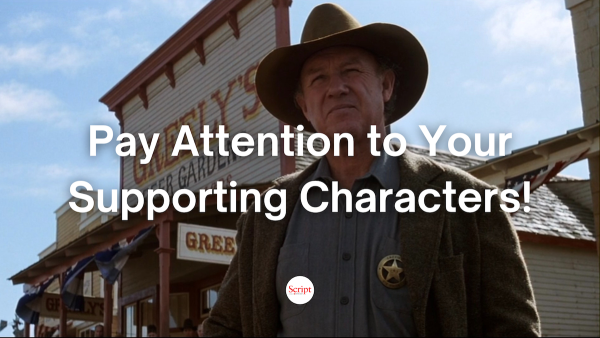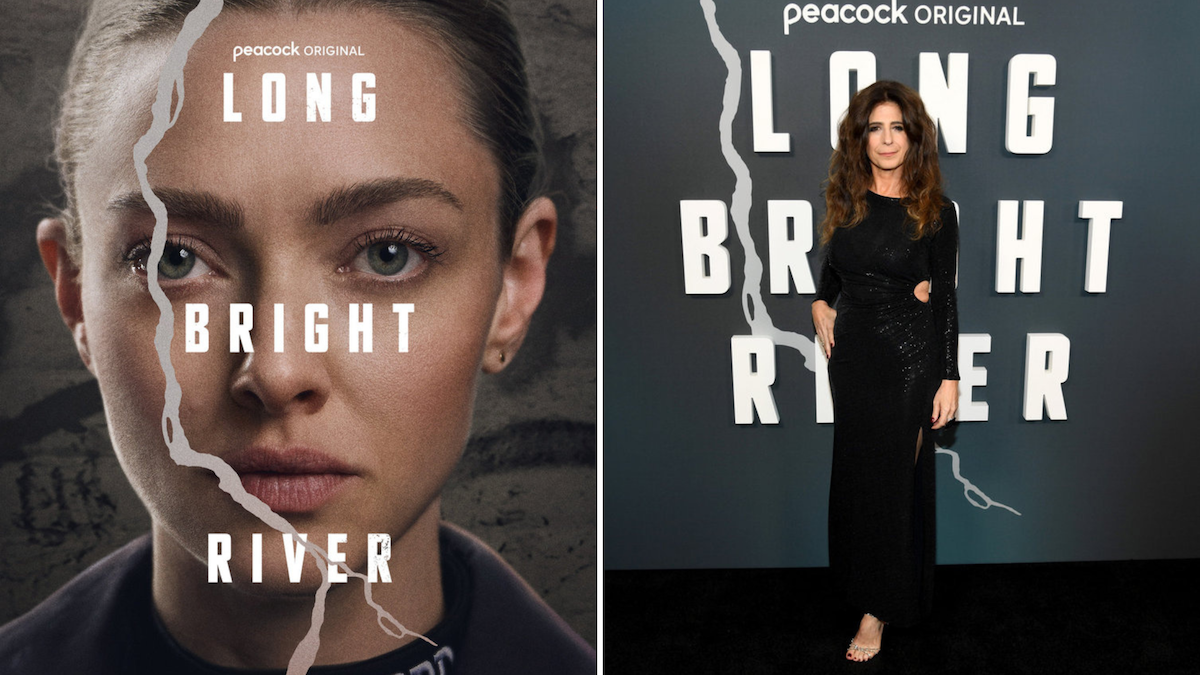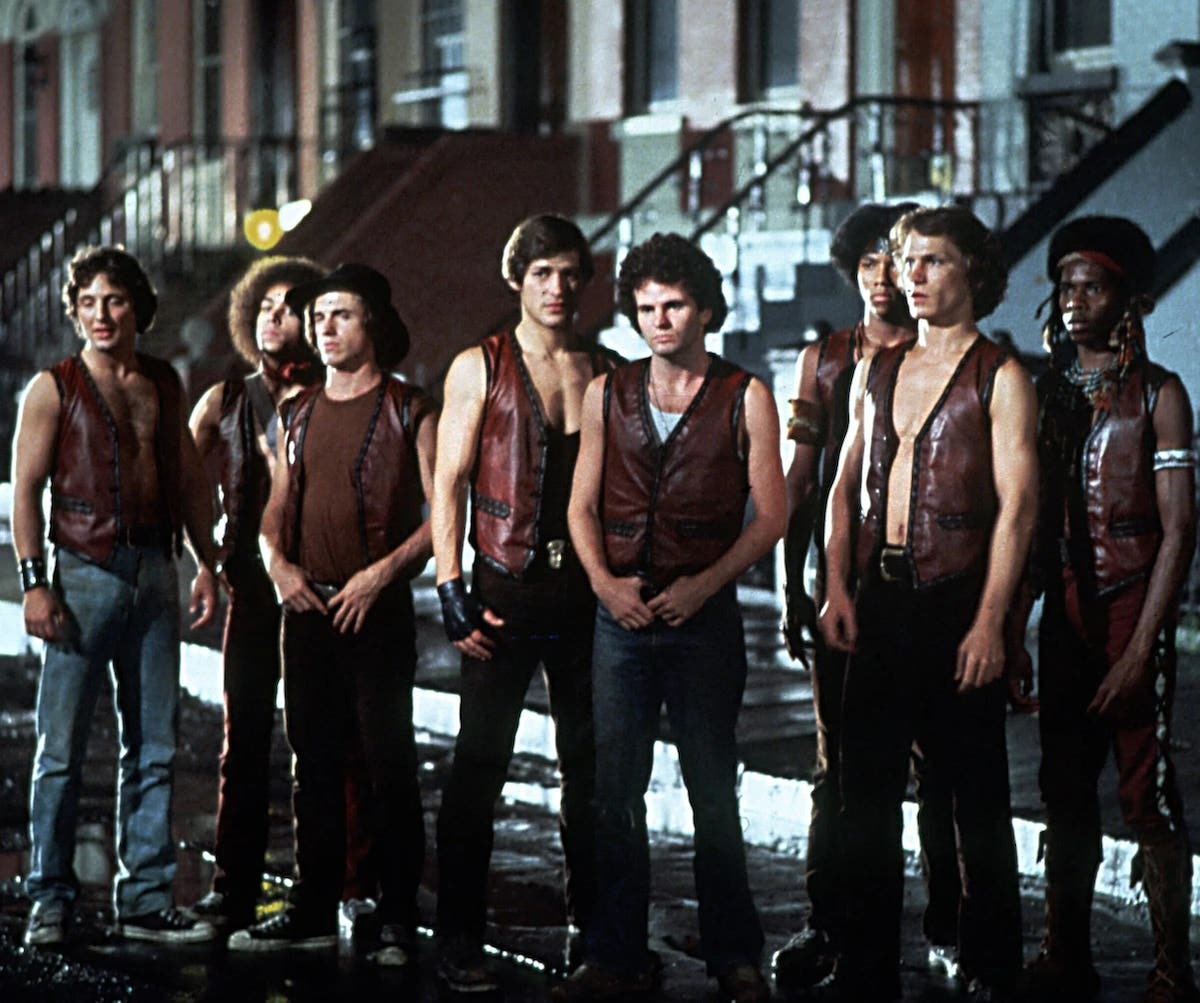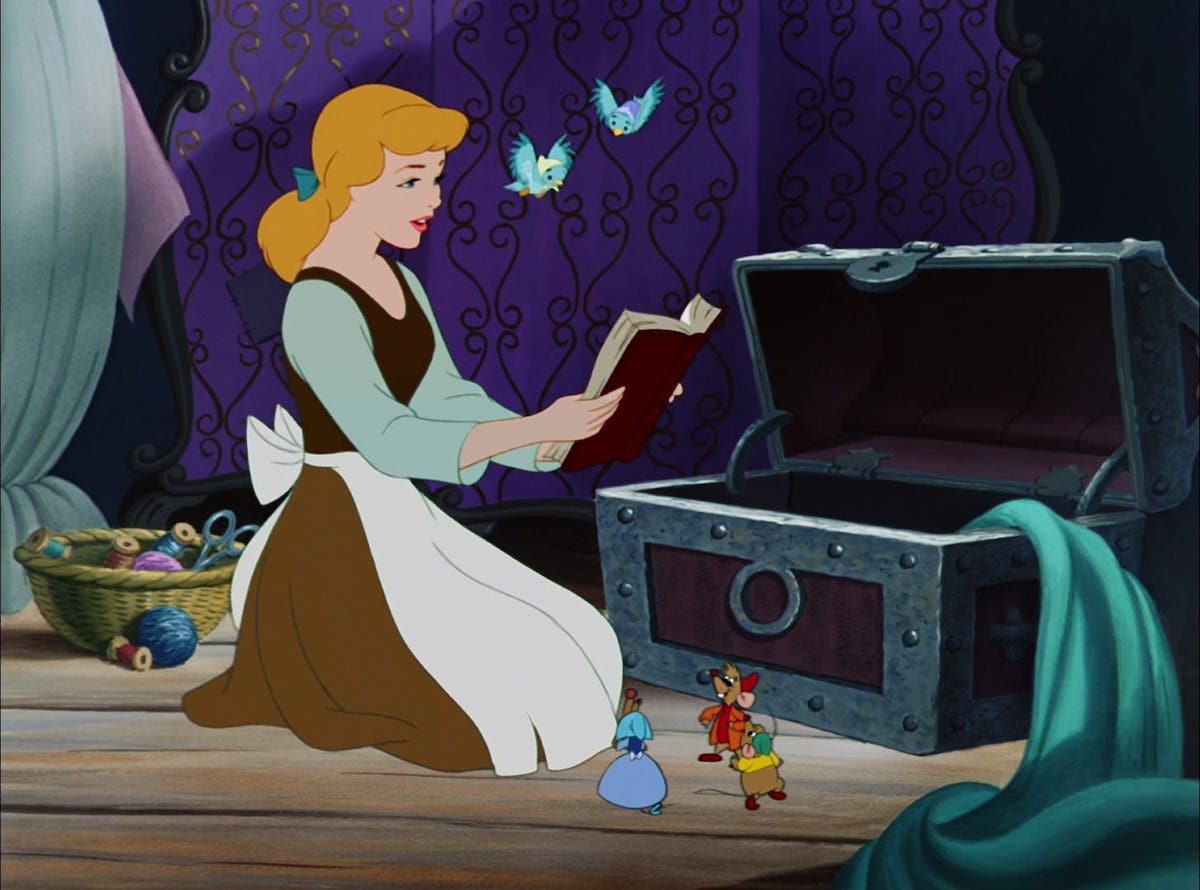Column D: Screenplay Structure – Upset the Applecart
The three-act screenplay structure is what movie goers are familiar with, but sometimes a writer needs to upset the apple cart to make a good film great.
I've heard a lot of talk recently from screenwriters who claim that structure and "rules" are too rigid and kill creativity. They argue that one should write whatever they feel, without regard to three acts or any other set of principles. To me, it's a matter of semantics. I don't think there are any "rules." But there are age-old storytelling principles, and it would pay to know and employ them when it comes to writing film.
No less than the great William Goldman says that structure is the most important part of screenwriting, and this is a guy who has written some of the greatest films in history.
This isn't a post to sing the praises of three-act structure. I've taught screenwriting for the past twenty years for one reason: to help writers get started in their career. And here's a simple fact: Hollywood is going to evaluate your script with the much hated three-act structure in mind. Unless you show them in the first ten pages or so that you are going to attempt something unconventional (ala Pulp Fiction), they're going to presume it.
Don't get me wrong, if you write Source Code (which I liked immensely), they'll be thrilled. But eventually, even selling that script and getting it made is probably going to lead to you being hired to write a three-act story on assignment. And if you want to be a pro, you're going to take that assignment. Hollywood desires three-act stories because they are what audiences expect (even though they don't know that they expect them).
Having said all that, there are a number of critical elements you need to have in a properly structured script. In this post, I want to talk about the first and most pivotal of those: the inciting incident. Simply put, without it, there is no movie. And placed in the wrong part of the script, your story falls apart.
First of all, for those unfamiliar with the term, the “inciting incident” is the event that occurs in the main character’s life that alters everything for them. The term was coined by Robert McKee, and he describes it as something that changes the main character’s life irrevocably. That means they can’t ignore it. It’s too huge. They have to deal with it in some fashion. It will not simply go away.
Some examples? Think Rocky being offered the chance to fight Apollo Creed. Think Will Hunting being arrested and told that the only way he can avoid prison is to accept the court’s order to see a psychologist and work with the MIT math professor. Think Charlie Babbit’s father dying and Charlie learning that his father’s estate is going to go to the autistic brother, Raymond (Rain Man), who Charlie didn’t even know existed.
The inciting incident is why we watch the movie. If it doesn’t occur, there is no story. The main character just goes on with their life as before. Rocky continues to box in the dingy athletic club and work as a leg-breaker for Gazzo. Will continues to hang out with his friends in Southie and not pursue his genius. Charlie Babbit continues his questionable business practices in his car importing business.
Whatever your idea, the inciting incident has to be contained in there somewhere. If it isn’t, you must create it in order for your idea to be the basis for a three-act film.
In addition, I maintain that it should come within a certain time frame in the script in today’s Hollywood. It goes without saying that it must come in the first act. In days gone by (Rocky), it could come late in a long first act. Even today, there might be exceptions. However, studios making commercial films today expect the inciting incident to take place no later than eighteen minutes into the film, which means eighteen pages into your script.
Notice I said “no later than.” Eighteen is the outer edge. Ten is the earliest, in my view. Most often these days, the inciting incident comes somewhere around the twelve-minute mark.
Now you may wonder what the big deal is with this timing. You say you write “art.” You aren’t restricted by rules. Great. Go ahead. You may be one of those writers who can pull that off.
However, you must be aware that audiences are accustomed to “receiving” the inciting incident somewhere between 10-18 minutes into a three-act film. That’s just fact. They have been watching movies their entire lives. Without even being aware of it, they’ve had their brains wired so as to expect a change in the story sometime in that eight-minute span.
To me, the reason for this is that if it comes too early, we hardly know the main character at all and can't fully appreciate the irrevocable nature of the inciting incident on their life, which we must do in order to understand the full impact of that event. (In my next post, I'll explore this a little more.)
If it comes too late, we have a slow starting story that leaves the reader/audience wondering what the hell the story is "about" and, often, who the heck the main character is.
Again, if you have an idea for a film, that inciting incident is either already in your mind or else it's implied in the idea somewhere.
If the original idea for Rocky could be said to be something like “a down-on-his-luck club fighter is given the chance to show who he is when offered a title fight with the world heavyweight champ,” then the “offering” is the inciting incident.
On the other hand, if the idea for Good Will Hunting is “a South Boston genius is forced to confront his troubled past and his own formidable intellect in order to escape the trap of living an unfulfilled life,” then the inciting incident had to be created – namely the arrest resulting in him being “forced to confront.”
Whatever your idea, assuming it's a three-act story, make sure you’re clear on the inciting incident and make it strong enough that the main character cannot ignore it and go on living as before. I advise writers to make the event “upset the apple cart.”
Then make sure you place that scene somewhere between page ten and eighteen so as to “hook” the reader into your story.
Need Help Outlining Your First Draft? Get our FREE Story Structure Tips Download
Related Articles:
- More Column D articles by Drew Yanno
- Script Angel: How to Get From Story Idea to Polished Screenplay
- Meet the Reader: Screenplay Premises - It's Complicated
Tools to Help:
Drew Yanno began writing for film in 1993 and has been a member of the WGA since 1995 when he sold his script No Safe Haven to Universal Studios after a six hour bidding war. In 2000, Drew founded the screenwriting program in the Film Studies department at Boston College where he taught for eleven years. He is the author of The Third Act: Writing a Great Ending to Your Screenplay. His second book Idea to Story to Screenplay: a Workbook For Writing the First Draft of Your Screenplay is now available as a Kindle e-book on Amazon. Drew’s first novel In the Matter of Michael Vogel was released in March 2013 and was named one of the best Kindle Books of 2013 by Digital Book Today. In addition to writing and teaching, Drew also worked as a script consultant and served as an adviser to actor and producer Will Smith on a number of projects. Prior to becoming a screenwriter and screenwriting professor, Drew was a practicing attorney and taught law in the Carroll School of Management at Boston College. Follow Drew on Twitter @drewyanno.





